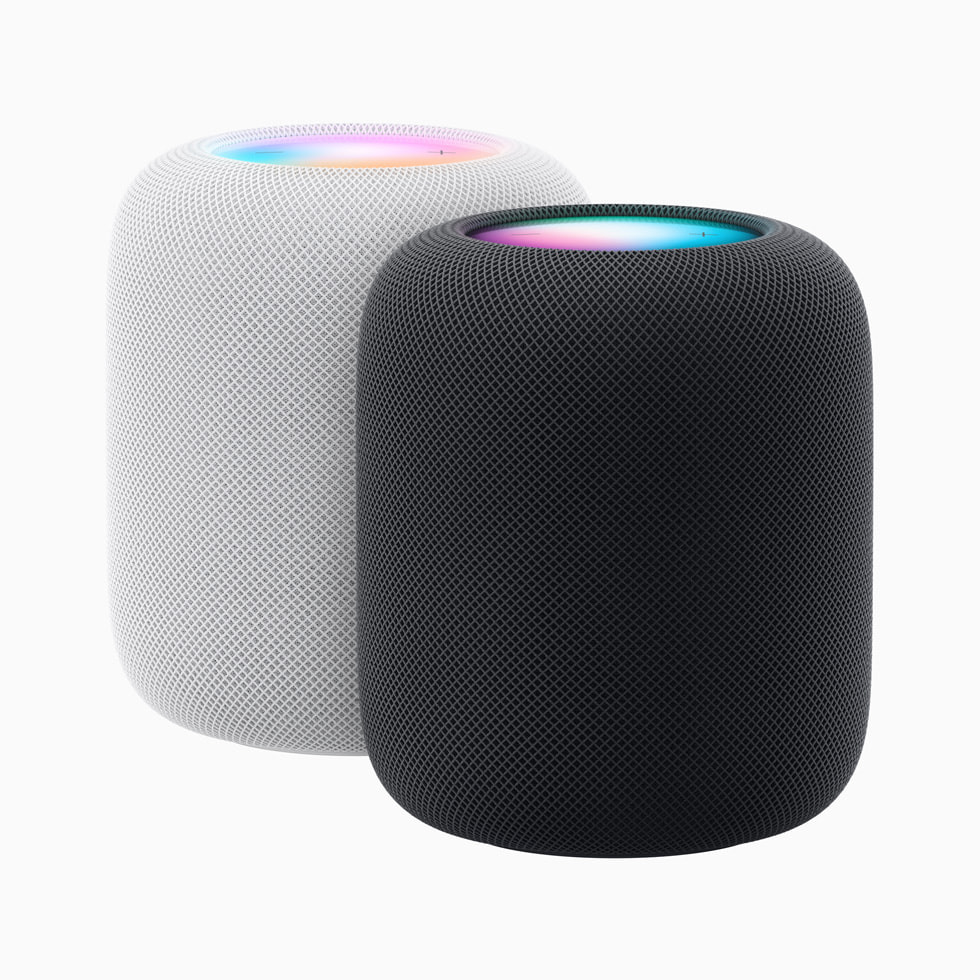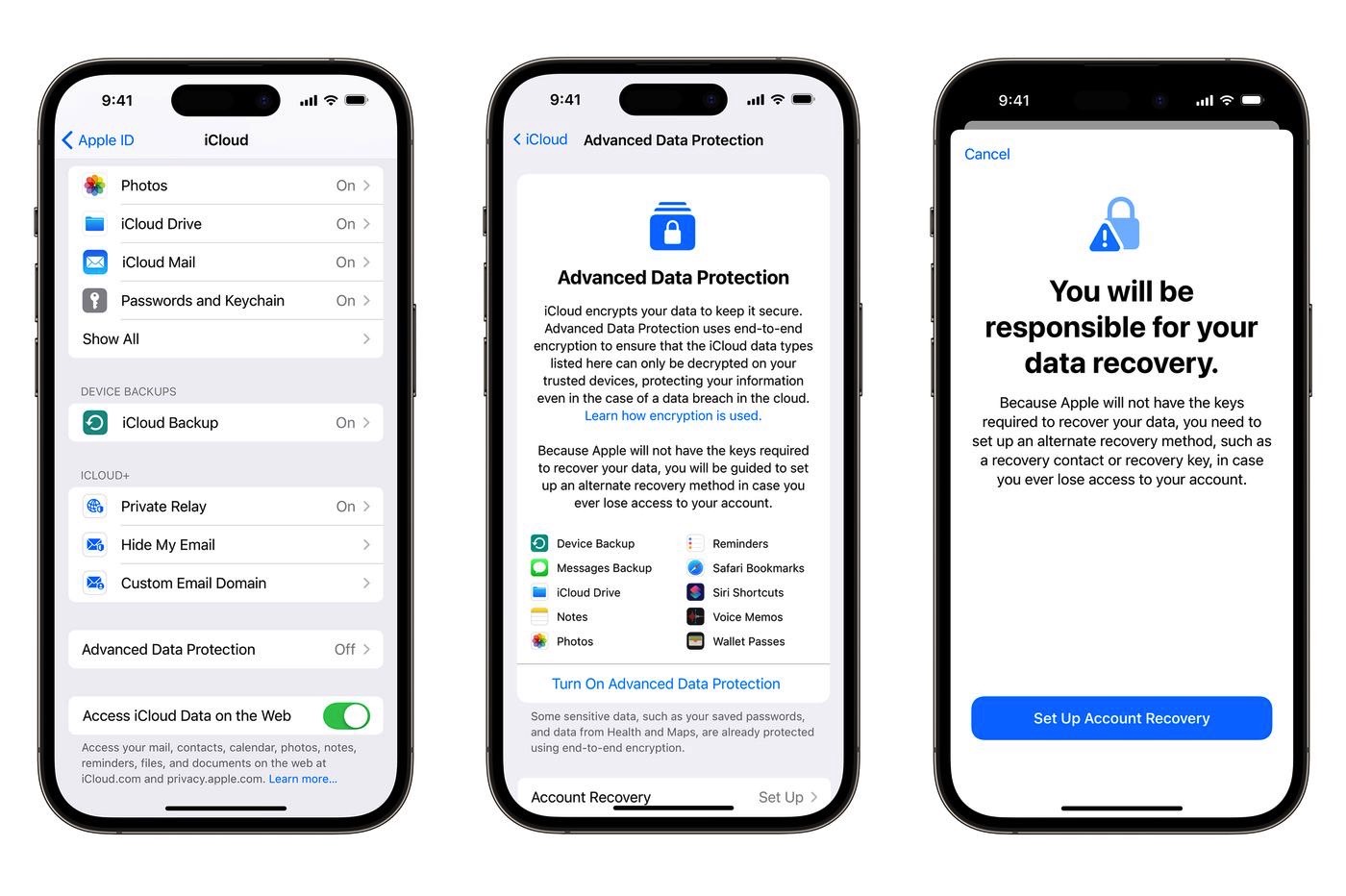
The full-sized HomePod unexpectedly made a comeback on Wednesday as Homepod 2, about two years after it was discontinued, with a similar design to the original model and the same $299 price tag. On Tuesday, we received new chips, Mac minis, and MacBook Pros.
And the more you look into it, the stranger things become. The new HomePod differs from the original model, albeit in imperceptible and perplexing ways that buyers won’t necessarily notice. The following five details about the new HomePod have us baffled:
Apple Updated its Appearance to Match
The second-generation HomePod appears to be the exact same device as the first one at first glance (and later glances as well). The circular body, mesh exterior, and screen are all the same, but there are a few minor variations. One is that it is 200 grams lighter and 4 mm shorter. The display is bigger and easier to see because the top screen has been slightly recessed. The “acoustically transparent mesh fabric” from the updated model stretches a little bit further over the top than the original “seamless mesh fabric.” There is a brand-new Midnight hue that resembles a slightly darker variation of Space Gray.
A first-generation HomePod Cannot Be Used to Create a Stereo Pair.
The ability of the HomePod to combine two stereo speakers into a pair that “plays each channel in perfect harmony, creating a wider, more immersive soundstage than traditional stereo speakers” is one of its best features. There is a caveat, though, and you can’t pair a new HomePod with an older one. You’ll need two identical HomePods for a stereo pair: a 1st generation with a 1st generation, a mini with a mini, and a 2nd generation with a 2nd generation. It makes sense that they wouldn’t work together since they have different specifications, but Apple should have found a way to make them compatible.
Instead of an iPhone chip, it makes use of an Apple Watch chip.
As “the brains behind the advanced audio innovations,” the original HomePod used Apple’s A8 processor, which made its debut in the iPhone 6 a few years earlier. A few years later, Apple released the HomePod mini, which used the S5 chip from an Apple Watch Series 5 to “achieve big sound out of such a compact design.” To provide “even more advanced computational audio,” the second-generation HomePod also incorporates an Apple Watch chip, the S7 processor from the Apple Watch Series 7. That’s great, but it’s difficult to help but wonder if an A12 or A13 would offer some degree of future-proofing.
It still has a built-in power cable.
The integrated power cable in the Homepod 2 was one of the original HomePod’s biggest drawbacks, mainly because people tended to try to disconnect it accidentally and occasionally damaged their speakers as a result. According to pictures, the HomePod still has the same permanently attached power cable on the back of the device, so it’s possible that Apple changed the connector to prevent that from happening. An upgrade would have been to use a magnetic connector, like the 24-inch iMac.
Compared to the iPhone 6, it offers slower Wi-Fi.
Strange enough, the new HomePod 2 still uses Bluetooth version 5 rather than 5.3 (as seen on new Macs and iPhones), but its Wi-Fi is actually slower than the older model. The more recent HomePod uses Wi-Fi 4, while the older HomePod supported 802.11ac, also known as Wi-Fi 5. (802.11n). The new HomePod uses a Wi-Fi standard that predates the iPhone 4. Perhaps it is unreasonable to demand Wi-Fi 6E when the new iPhones do not even support it.
The audio specifications seem to be sub standard.
The strangest thing is that, according to the audio specifications, the new HomePod isn’t as good as the first generation. While it undoubtedly “delivers next-level acoustics,” as Apple claims, a quick review of the technical specifications reveals two fewer microphones and horn-loaded tweeters (five vs. seven) (four vs. six). Naturally, not all speakers and microphones are created equal, and audio processing is very important. However, it’s odd that Apple didn’t explicitly state that the HomePod 2 is better and even stranger that the old HomePod appears to be superior to the new one on paper. We’re confident that Apple will produce equal or better audio with fewer speakers and microphones.





